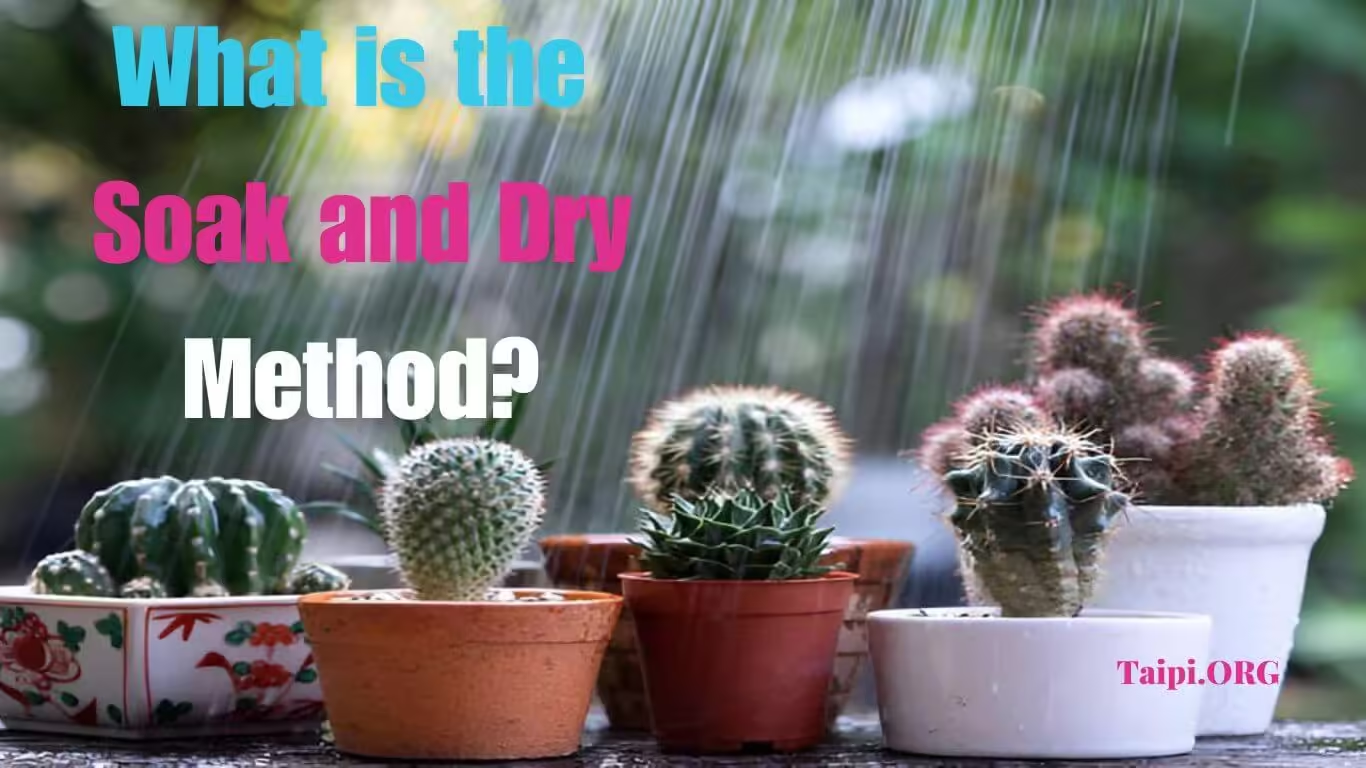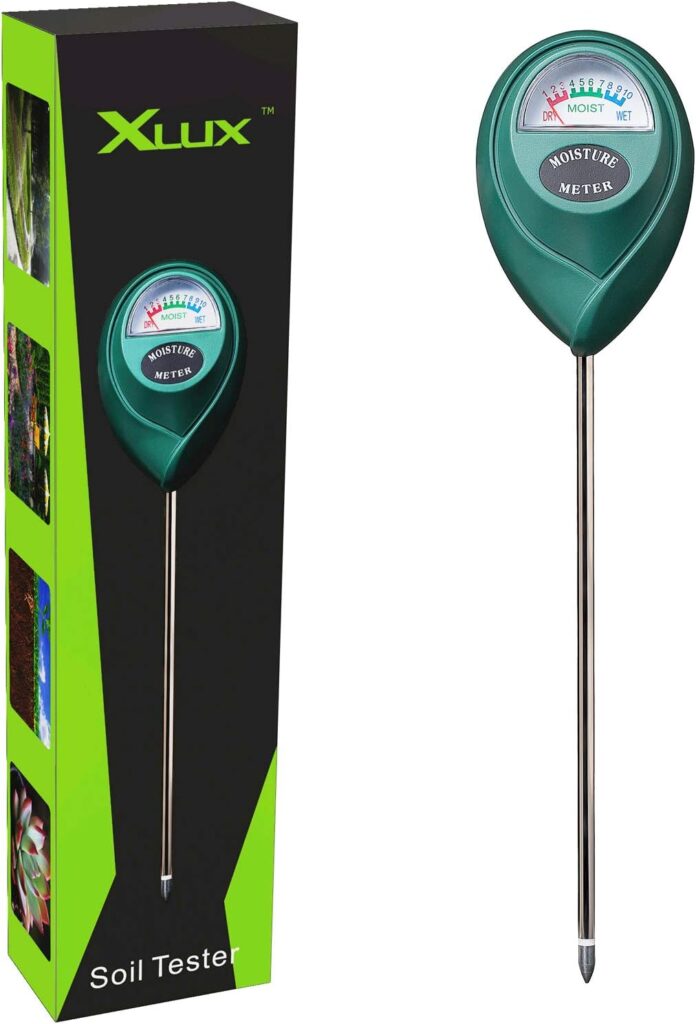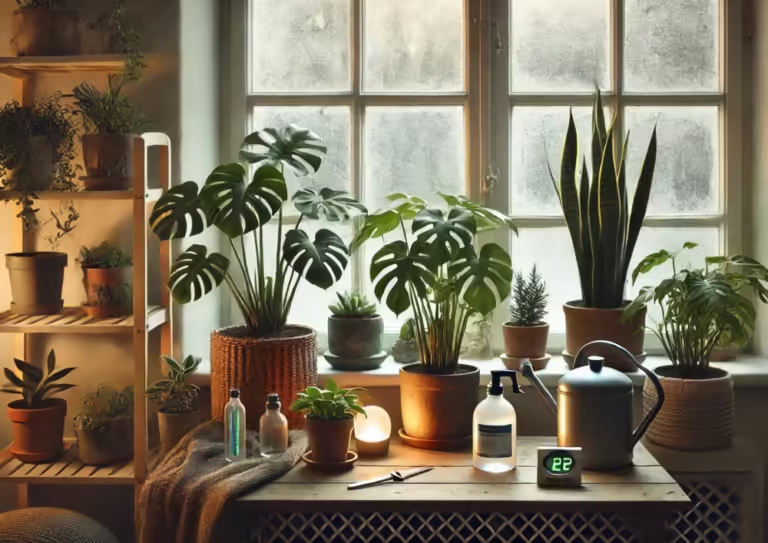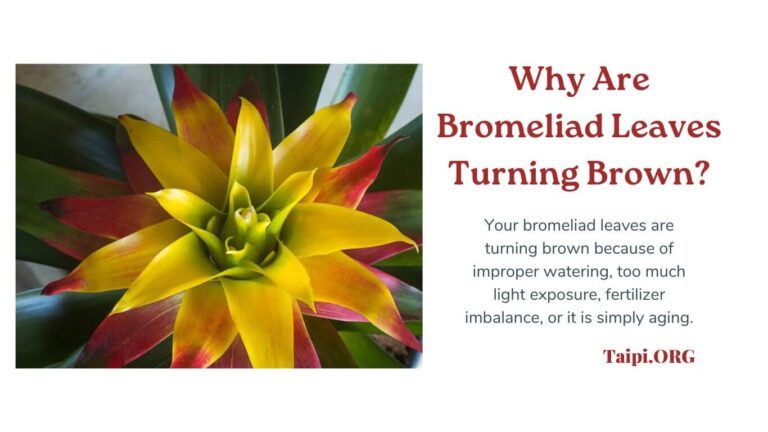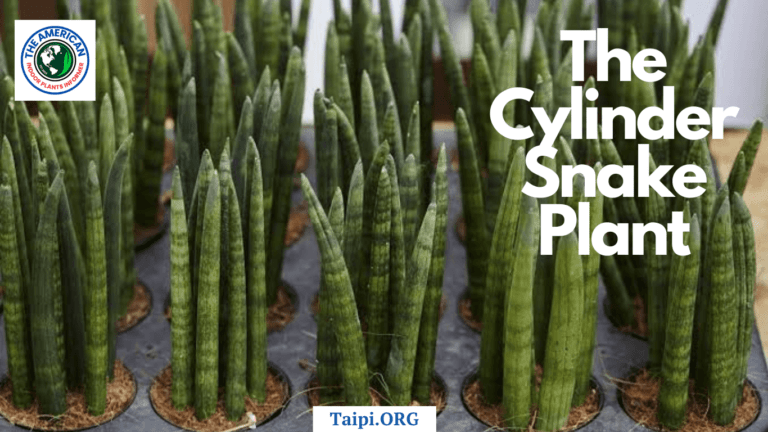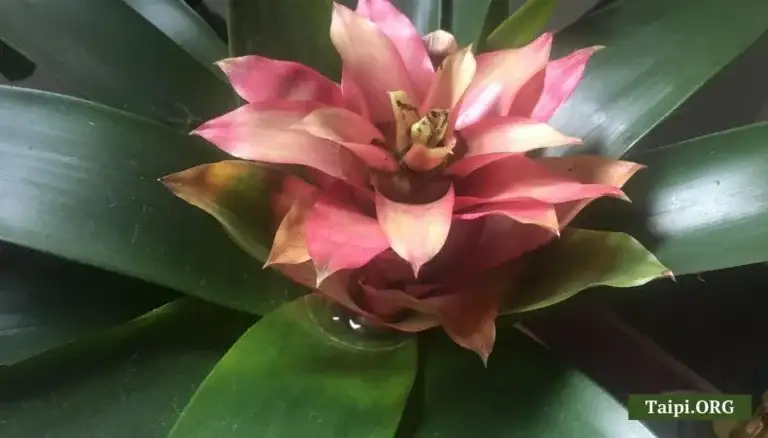Mastering the Soak and Dry Method: A Gardener’s Guide
WATERING plants might seem straightforward, but there’s a method that can optimize water use and enhance plant health – the soak and dry method.
This method, also known as cycle watering or pulse watering, is gaining popularity among gardeners and farmers for its efficiency and benefits. Let’s investigate the principles, benefits, and practical tips for implementing this technique.
What is the Soak and Dry Technique?
The soak and dry method is a two-step watering process that ensures deep root hydration and promotes healthier plant growth.
Deep Watering
The first step is the soaking phase, where water is applied slowly and thoroughly to the soil. This allows water to penetrate deeply into the root zone, encouraging plants to develop strong and extensive root systems.
Dry Period
After soaking, the soil is allowed to dry out to a certain degree before the next watering. This dry period is crucial as it:
- Prevents waterlogging and root rot.
- Encourages deeper root growth as roots extend in search of moisture.
- Reduces the likelihood of fungal diseases and pests that thrive in constantly moist environments.
Benefits of the Soak and Dry Technique
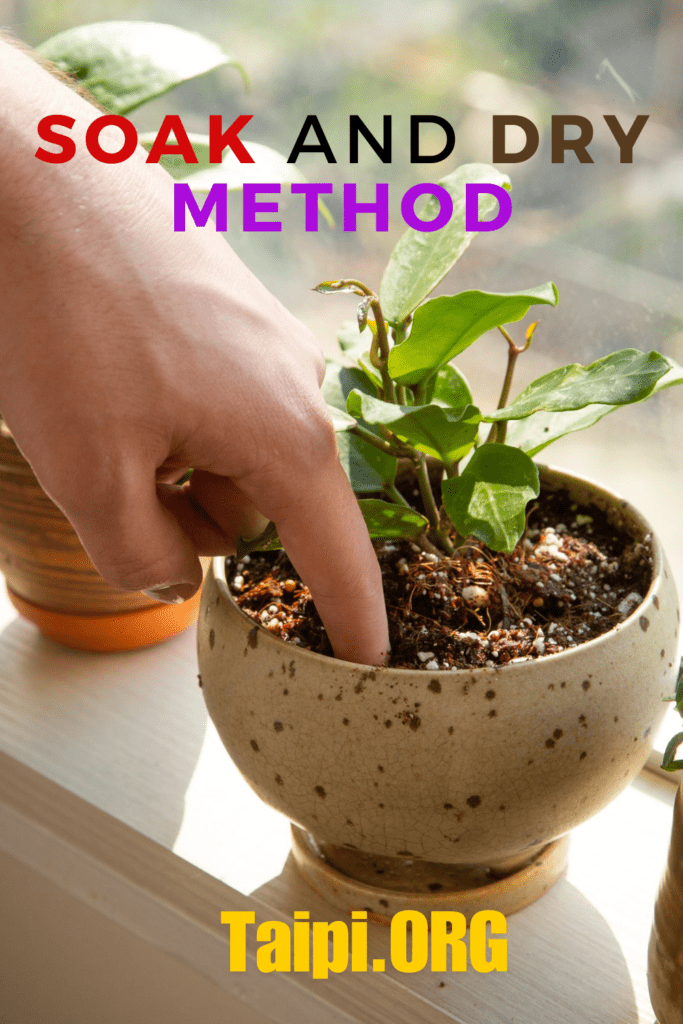
Here are some of the benefits of soak and dry method:
Water Efficiency
By allowing water to penetrate deeply, the soak and dry technique minimizes water loss due to evaporation. This makes it a more efficient watering method compared to frequent shallow watering.
Healthier Plants
Deep watering ensures that water reaches the root zone, promoting healthier and more drought-resistant plants. Roots grow deeper and stronger, improving overall plant resilience.
Improved Soil Health
This technique helps maintain good soil structure. Constant surface watering can lead to soil compaction, but the soak and dry method keeps the soil aerated and healthy.
Pest and Disease Management
Dry periods between watering help reduce the proliferation of pests and diseases that prefer moist conditions, leading to healthier plants.
How to Implement the Soak and Dry Technique
Follow this simple procedure to implement the soak and dry watering method:
Frequency and Amount
The frequency and amount of water required depend on various factors, including plant type, soil type, weather conditions, and the plant’s growth stage.
Generally, a thorough soaking once or twice a week works well for most plants.
Timing
Watering is best done in the early morning or late afternoon to reduce evaporation and allow water to seep deeply into the soil.
Monitoring Soil Moisture
Regularly monitor soil moisture to ensure it dries out sufficiently between waterings but doesn’t become too dry. This can be done using soil moisture meters or simply by feeling the soil.
Practical Tips for Success
Employ these practical tips to maximize the soak and dry method:
Mulching
Applying mulch around plants helps retain soil moisture and reduces the frequency of watering needed. Mulch acts as a barrier, preventing water from evaporating too quickly.
Drip Irrigation
Drip irrigation systems can be particularly effective for the soak and dry technique. They deliver water slowly and directly to the root zone, ensuring deep penetration and efficient use of water.
Observation
Regularly check the condition of your plants and soil to adjust the watering schedule as needed. Plants will often show signs if they’re not getting the right amount of water.
Alternatively, follow this ⬇ to learn how to implement the soak and dry method.
Soak and Dry Technique FAQs
Q: How do I know when it’s time to water again after the soil has dried out?
A: Determining the right time to water again is crucial for the soak and dry technique to be effective. Here are a few methods to help you decide:
Soil Moisture Meter (pictured ⬆): This tool can give you a precise reading of soil moisture levels. Water when the meter indicates that the soil is dry in the root zone.
Finger Test: Insert your finger about 1-2 inches into the soil. If it feels dry at that depth, it’s time to water.
Plant Indicators: Some plants will show signs of needing water, such as drooping leaves or a slight loss of turgor pressure. However, avoid waiting until your plants are visibly stressed.
Q: Can the soak and dry technique be used for all types of plants?
A: The soak and dry technique is versatile and can be adapted for many types of plants, but there are some considerations:
Established Plants: Most mature plants, including perennials, shrubs, and trees, benefit significantly from deep watering and dry periods.
Vegetables and Annuals: These plants can also thrive with this method, but the frequency might need to be adjusted based on their faster growth rates and higher water needs.
Succulents and Cacti: These plants naturally prefer longer dry periods and may need less frequent watering. Ensure the soil dries out completely between waterings.
Seedlings and New Transplants: These young plants may require more frequent watering initially to establish roots but can gradually be transitioned to the soak and dry method as they mature.
Overwatering or Underwatering Signs You Must Watch For
Monitoring your plants for signs of overwatering or underwatering is key to the successful implementation of the soak and dry technique:
Signs You Are Overwatering Your Plants
These signs show you are overwatering your indoor plants:
- Yellowing leaves
- Wilting despite wet soil
- Root rot (often noticed by a foul smell or mushy roots)
- Algae or mold growth on the soil surface
Signs You Are Underwatering Your Plants
Watch for these signs that show you are underwatering your indoor plants:
- Dry, brittle leaves
- Soil pulling away from the edges of the pot or garden bed
- Stunted growth
- Leaves curling or wilting in a dry manner
My Parting Shot
The soak and dry technique is a sustainable and effective watering method that benefits both plants and the environment.
By following this method, gardeners and farmers can promote healthier plant growth, improve soil health, and use water more efficiently.
Give it a try and watch your garden thrive!

